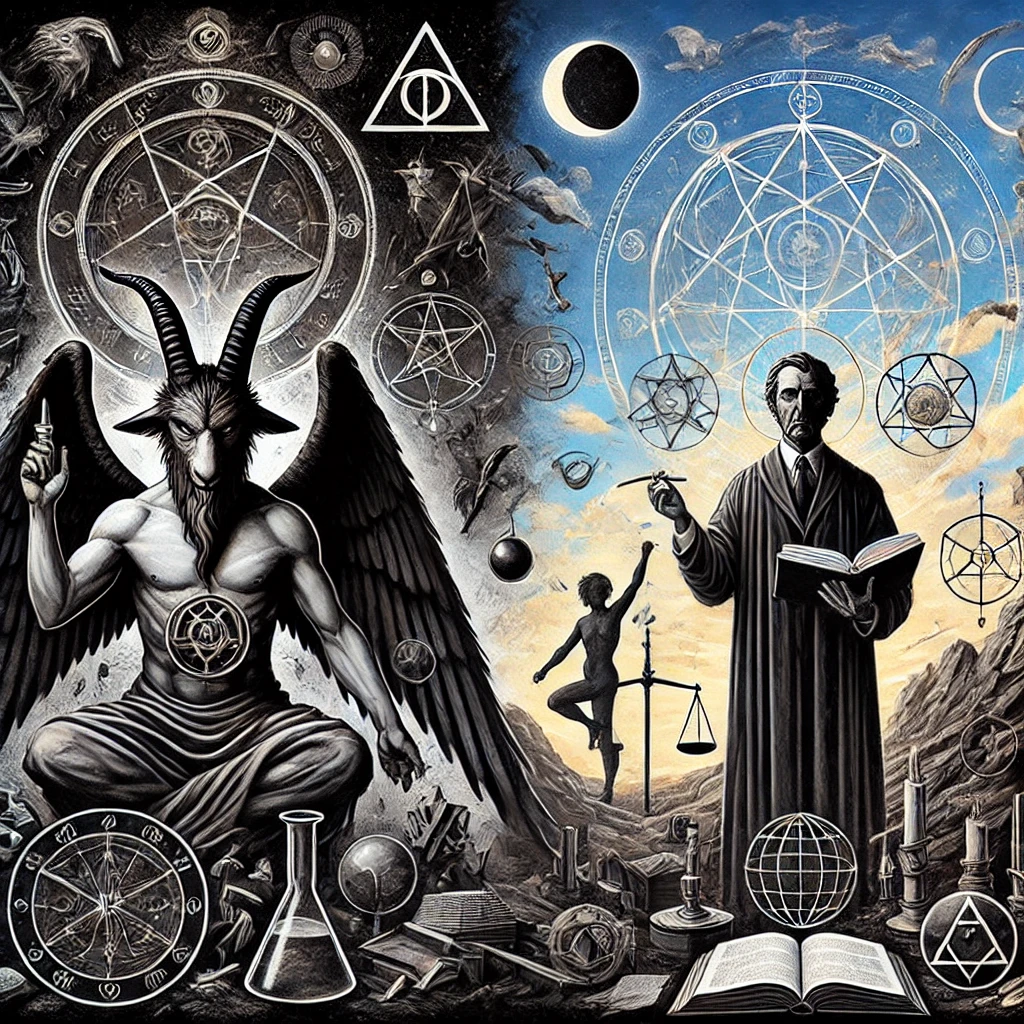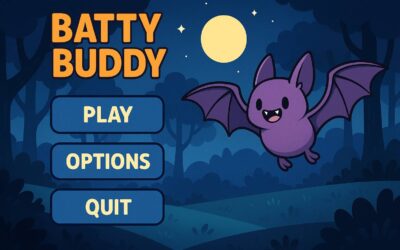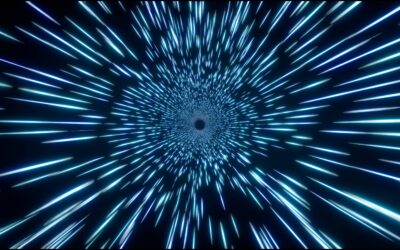Introduction
Throughout history, the concepts of knowledge and power have often been intertwined. Knowledge can serve as both a means of liberation and a tool for control. This tension is exemplified in the contrasting frameworks of the Royal Arts and the Liberal Arts. While both systems aim to cultivate wisdom and mastery, they do so from vastly different perspectives, with differing intentions and effects on human autonomy.
The Royal Arts are often associated with esoteric knowledge and elite control, whereas the Liberal Arts emphasize critical thinking, self-reflection, and intellectual freedom. In this article, we will explore the definitions, historical context, and underlying purposes of both the Royal Arts and Liberal Arts. We will then examine their influence on autonomy and power and propose a synthesis where the two forms of knowledge might complement each other in fostering both individual freedom and social responsibility.
1. What Are the Liberal Arts?
The Liberal Arts are rooted in the classical education system of the ancient Greeks and Romans, designed to cultivate free and autonomous individuals who could think, reason, and communicate effectively. The term “liberal” derives from the Latin word “liber,” meaning free. The Liberal Arts were intended to produce critical thinkers, citizens, and leaders capable of making independent decisions and contributing meaningfully to society.
a. The Structure of the Liberal Arts: Trivium and Quadrivium
The Liberal Arts were traditionally divided into two groups:
- The Trivium: Comprising grammar, logic, and rhetoric, the trivium focused on mastering language and thought. Grammar provided the foundation for understanding language, logic taught how to reason and form arguments, and rhetoric taught how to communicate persuasively and effectively. These skills are essential for critical thinking and self-expression.
- The Quadrivium: Comprising arithmetic, geometry, music, and astronomy, the quadrivium taught students to understand the mathematical and cosmic structures of the universe. These disciplines provided a holistic view of reality, linking human intellect to the natural and cosmic order.
The goal of the Liberal Arts was to liberate the mind from ignorance, allowing individuals to think independently and act according to their own reasoned judgments, rather than being controlled by external forces or authorities. In essence, the Liberal Arts cultivated autonomy through knowledge.
2. What Are the Royal Arts?
In contrast to the Liberal Arts, the Royal Arts are often linked to esoteric traditions, secret societies, and the manipulation of knowledge for power. The term “Royal” refers to royalty or elites—those who wield symbolic or literal control over others. The Royal Arts are associated with occult knowledge, symbolism, rituals, and the mastery of hidden forces that can be used to influence both individuals and societies.
a. Esotericism and the Royal Arts
The Royal Arts encompass practices found in traditions such as Freemasonry, alchemy, and other occult disciplines. These practices focus on symbolic understanding and the use of rituals to access and manipulate hidden knowledge. Unlike the open, public nature of the Liberal Arts, the Royal Arts are often secretive, passed down through initiations and only available to a select few.
The Royal Arts are typically concerned with power dynamics, whether in the form of controlling natural forces (alchemy), managing political power (Freemasonry), or influencing individuals and societies through symbolism and rituals. The knowledge contained within the Royal Arts is used as a means of maintaining elite control over societal structures, and it often operates through hidden or covert mechanisms.
3. The Tension Between the Royal Arts and the Liberal Arts
At their core, the Royal Arts and the Liberal Arts represent two different uses of knowledge—one as a tool of control and the other as a means of liberation. These two approaches can be seen as opposing forces in how power and autonomy are distributed within society.
a. Liberal Arts: Knowledge for Autonomy
The Liberal Arts focus on empowering individuals. By teaching people how to think critically, communicate effectively, and understand the world around them, the Liberal Arts promote intellectual freedom and self-determination. Individuals who are educated in the Liberal Arts are equipped to resist manipulation, see through propaganda, and make decisions based on reason rather than external pressure.
The autonomy promoted by the Liberal Arts challenges hierarchical power structures. Those educated in these disciplines are more likely to question authority and to seek justice, truth, and freedom rather than submission to authority. This is why the Liberal Arts have historically been associated with democracy and republicanism, where informed citizens participate actively in governance.
b. Royal Arts: Knowledge for Control
In contrast, the Royal Arts focus on the use of knowledge as power. Rather than making knowledge open and accessible, the Royal Arts rely on secrecy, ritual, and symbolism to maintain control over individuals and societies. The elite, who possess this hidden knowledge, can use it to influence perception, behavior, and social structures in subtle ways.
The power dynamics of the Royal Arts often involve rituals and symbols designed to create authority or reinforce existing hierarchies. By controlling access to esoteric knowledge, the Royal Arts allow a select few to maintain power while keeping the masses in a state of dependence or ignorance. This contrast to the egalitarian spirit of the Liberal Arts emphasizes the Royal Arts’ focus on control rather than liberation.
4. Autonomy vs. Control: How Each System Affects Power and Freedom
The Liberal Arts foster individual autonomy, empowering people to think critically and question the world around them. They emphasize open knowledge, available to all who seek to understand it. This approach challenges hierarchical structures and promotes a society where individuals are free to act according to their own reasoned judgment.
The Royal Arts, on the other hand, are about elite power and manipulation. Knowledge is hidden, and access is restricted to a select group, who use it to maintain control over the masses. This system reinforces hierarchies and keeps individuals in a state of dependency, where they rely on elites for guidance and decision-making.
5. A Possible Synthesis: Knowledge for Both Liberation and Responsibility
While the Royal Arts and Liberal Arts may seem diametrically opposed, there is a potential synthesis where the best elements of both can be used to cultivate a more balanced and just society. The key lies in understanding that knowledge can serve both freedom and responsibility—depending on how it is applied.
a. Integrating the Royal Arts into the Liberal Tradition
Rather than viewing the Royal Arts as inherently manipulative, we can consider how the symbolism and rituals of these traditions can be used to empower rather than control. By understanding the power of symbols, individuals can gain insight into how perception is shaped and how they can use these tools to enhance their own awareness and influence, rather than being subject to manipulation.
b. Balancing Power and Freedom
Similarly, the critical thinking and intellectual freedom of the Liberal Arts can be combined with the disciplines of the Royal Arts to cultivate responsible leadership. Individuals who are trained in the Liberal Arts can also be taught how to use the tools of power—such as rhetoric, symbolism, and strategic thinking—not for dominance, but for the collective good.
This synthesis can lead to a society where knowledge is used not only to free individuals but also to create wise leaders who understand the responsibility that comes with power. This would prevent the abuse of esoteric knowledge for personal gain and instead direct it toward the betterment of all.
Conclusion: Toward a Harmonious Approach to Knowledge and Power
The Royal Arts and Liberal Arts represent two different paths for knowledge: one leads to control and the other to freedom. However, both forms of knowledge have value, depending on how they are applied. By understanding the power dynamics at play in each system, we can create a society where individuals are both empowered and responsible, where knowledge is used not only for personal freedom but also for the collective good.
A balanced approach to education—one that includes the critical thinking and autonomy of the Liberal Arts and the symbolic and ritual power of the Royal Arts—can help foster a society where autonomy and power are held in harmony, creating a world where both individuals and communities can thrive.




